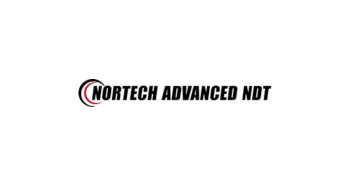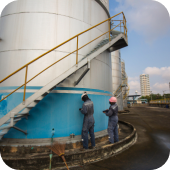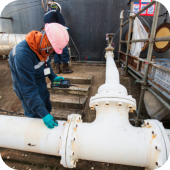

Nortech Advanced NDT
Nortech Advanced NDT provides an extensive range of Nondestructive Testing, Evaluation, Engineering & Quality Management services to the oil & gas, fabrication, manufacturing, mining, forestry, oilfield drilling & service industry as required for our client’s
Overview
Nortech Advanced NDT provides an extensive range of Nondestructive Testing, Evaluation, Engineering, and Quality Management services to the oil & gas, fabrication, manufacturing, mining, forestry, oilfield drilling, and service industry as required for our client’s quality control programs, corrosion audits, preventative and predictive maintenance programs.
The management team at Nortech Advanced NDT Ltd. is made up of seasoned oilfield professionals who understand the industry from personal experience. Committed to making Nortech a successful company through dedication to advanced technology, incorporating Health, Safety, Security, Environment, and quality service. The objective of the management team – and everyone at Nortech – is to exceed customers’ expectations and earn the highest level of trust and confidence while providing same-day service that is cost-effective with minimal downtime.
Products
Services
Ads












